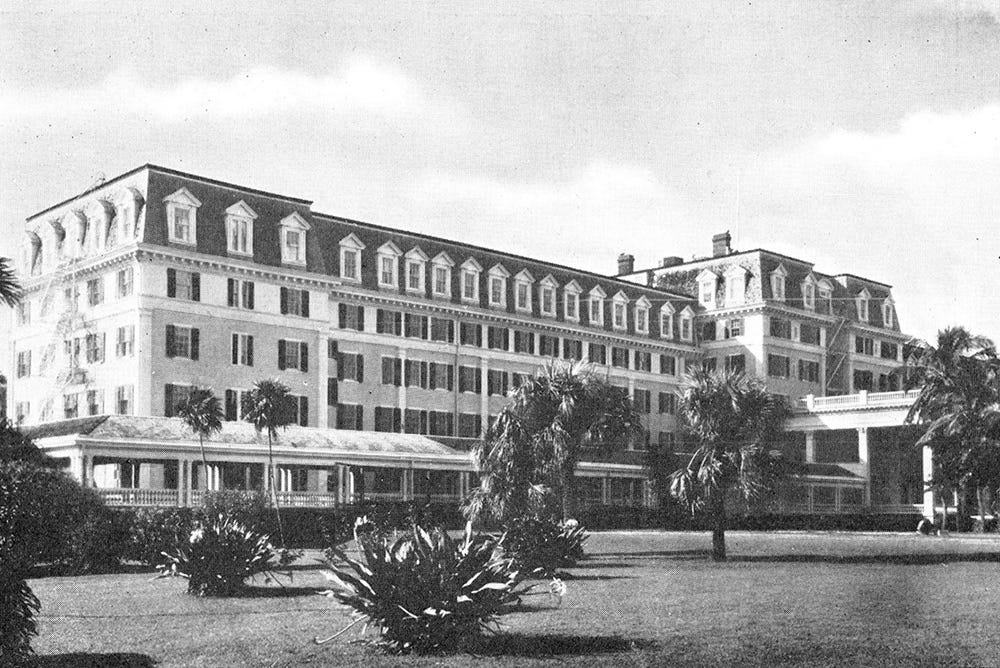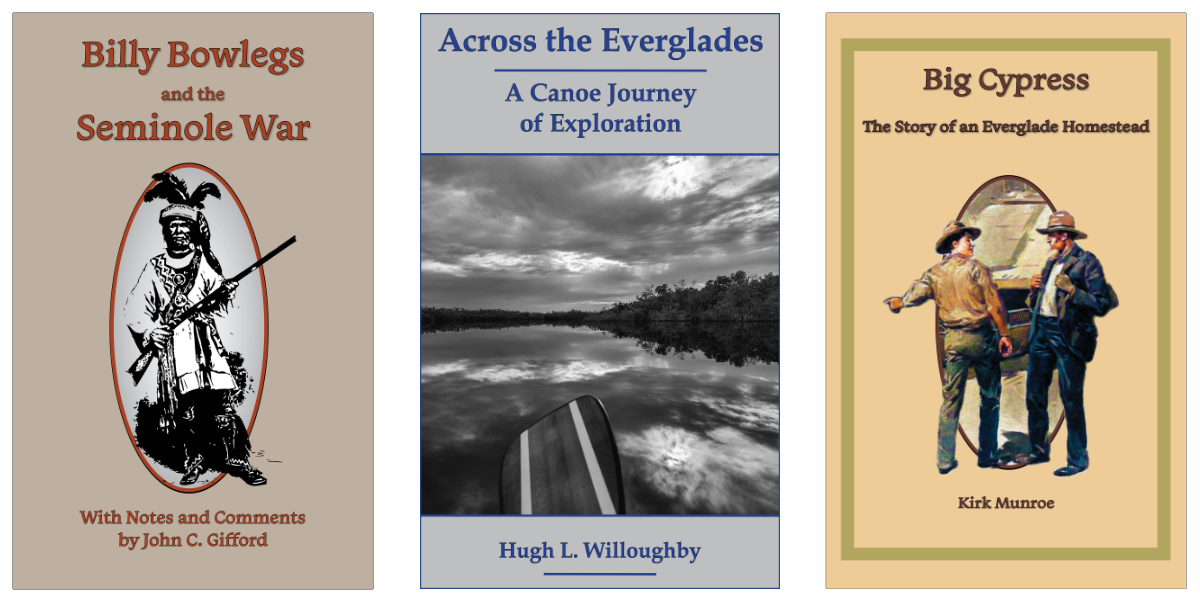Last year, I happened upon a copy of The Town That Climate Built, an old title by Victor Rainbolt. Published in 1925, it was in essence a lengthy love letter to the progress and promise of a nascent city: Miami.
Across 136 pages, Rainbolt described in detail the city’s endless beguiling charms. And he was not subtle in his regard, alternately painting the area as the “Fountain of Youth”, the “Promised Land”, the “Garden of Eden”, and “ElDorado”, among other colorful comparisons. Having lived 40 years in the Magic City myself, I enjoyed comparing and contrasting the realities and ideals of Rainbolt’s time against my own personal experiences.

After all, much of Rainbolt’s narrative remains true a full century later. Subdivisions do “continue to stretch from Miami in every direction”, so much so that available land across southeast Florida grows increasingly scant. The claim that, “transportation is one of the unsolved problems of Miami,” rings truer today than ever before (just ask anyone on the Palmetto Expressway!) And Miami does, indeed, continue to beckon tourists from around the globe.
And, interestingly, those tourists visit many of the same locales exalted by Rainbolt: Coconut Grove, Miami Beach, and Biscayne Bay (where hopeful anglers still cast lines for popular sport fish). Today, both tourists and locals alike still enjoy taking in Jai Alai matches, watching greyhound races, and visiting to the James Deering estate (otherwise known as Vizcaya).
But much about Rainbolt’s idyllic Miami has certainly changed over the intervening century. So it seems fitting to republish the book a full century later, and I’m doing exactly that.
Today, I’m pleased to announce the availability of the 100th anniversary edition of The Town That Climate Built, featuring a new introduction to the work by yours truly.
For all my friends and family in “the 305”, I hope you enjoy this retrospective of our collective hometown. The title is now available in both paperback and ebook format on Amazon, BN, and iBooks.
And Here’s Even More for My Florida Peeps!
As some of you know, I spent many years working as a heritage interpreter in Florida. During that time, I relied upon important historical texts to inform my programs. But many of these books—though important—have long been out of print.
So I’ve recently embarked on a new effort to revive (dare I say rescue?) some of these earlier titles from obscurity. I’ve really enjoyed reacquainting myself with these books and bringing them back into circulation. If interested, the following titles are also now available from my new imprint, Noon at the Park Publishing:
Billy Bowlegs and the Seminole War
with Notes and Comments by John C. Gifford
available on Amazon, BN, & iBooks
This seminal work of Florida natural and cultural history provides insight into turn-of-the-century impressions of Seminole culture, the Everglades, and the changing social dynamics of the time. Building on a reprint of a 1858 article in Harper's Weekly about Seminole Chief Billy Bowlegs, noted naturalist and forester John C. Gifford provides first-hand accounts and personal impressions. Gifford’s commentary attempts to color a fuller picture of Seminole nature, history, and experience, which often projects surprisingly progressive thoughts given the time.
Across the Everglades: A Canoe Journey of Exploration
by Hugh L. Willoughby
available on Amazon, BN, & iBooks
In 1897, Hugh Willoughby became one of the first Caucasians to cross the Everglades from the Gulf of Mexico to the Atlantic coast. Willoughby collected plant and animal species, and closely mapped, charted, and described everything he encountered. Willoughby’s foresight, use of the scientific method, and keen observations form the basis of our historical understanding of the Everglades. His vivid and well-written journal, Across the Everglades, continues to be a must-read for all Everglades scholars over a century later.
Big Cypress: The Story of an Everglade Homestead
by Kirk Munroe
available on Amazon, BN, & iBooks
Kirk Munroe penned this classic novel for young readers in 1894, providing a snapshot into turn-of-the-century life in rugged south Florida. The work of historical fiction is anchored in real-life experiences of early settlers trying to eek a meager existence from a lush—but unforgiving—landscape.
One More Ask
If you happen to pick up one of these titles, I really, really hope you enjoy it as much as I do. If you’re so inclined, please consider leaving a review on the platform of your choice for other potential readers. Ratings and reviews really help drive potential readers to new titles, so I would really appreciate it! And as always…
Gratzie, danke, mahalo, merci, gracias, takk, asante, dankon, and obrigado!





